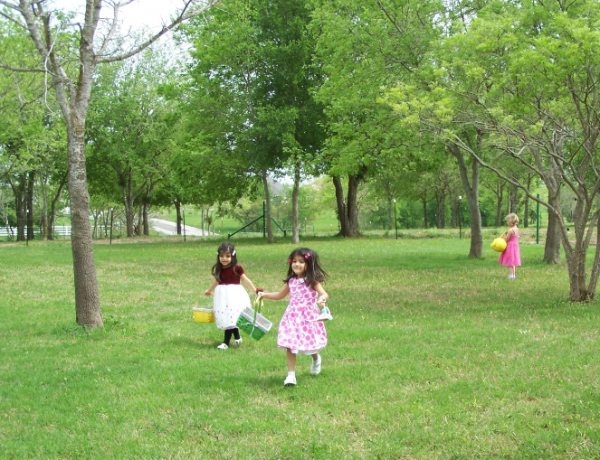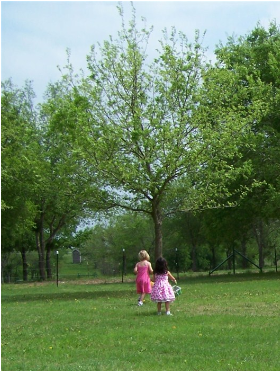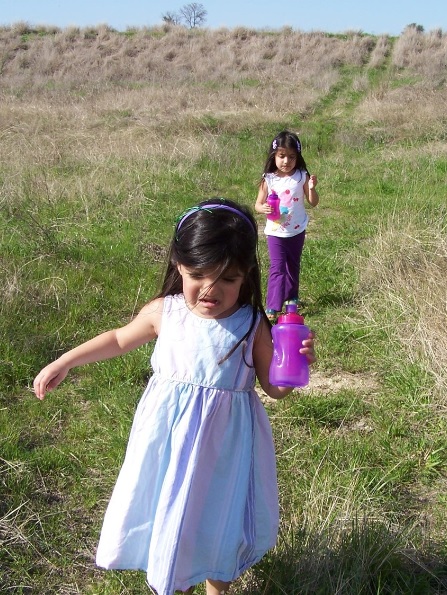How to Help Your Child Understand What Adoption Entails
When a family adopts a child, the whole family adopts that child. It’s not enough for the parents to be on board. Children need to be brought into the discussion too.

Some degree of resentment is unavoidable with the addition of a new child to the family. Routines get disrupted and parental attention has to be redistributed. Space in the home becomes more cramped. Even small things like preferred seats in the family car and spots at the dining table can become points of contention.
If the family has existing children who are old enough to understand what’s going on, it’s important to talk to them about adoption and the changes it would bring. An ideal situation is one in which your children feel that they and their new siblings are adopting each other.

Ultimately, the relationship between adopted siblings will depend on each child’s personality and experiences, as is true in sibling relationships where adoption plays no role. However, parents can help prepare fertile ground for a positive and close relationship.
- Normalize adoption. Introduce the concept of adoption to your children, however they joined your family, as early as is reasonable. Seek out children’s books related to adoption. If you’re considering adopting but aren’t yet sure it’s the right time, tell your children that. Set their expectations early, and their adoptive sibling won’t be a surprise.
- Explain adoption in terms your child can understand. For instance, my daughters and I refer to biological mothers as “belly moms.” A child’s “belly mom” is the woman who grew and cared for the child in her belly, while the child’s mom is the one who takes care of him, provides for him, and helps him grow and learn outside the belly and for the rest of his life.
- Listen to your children’s opinions regarding adoption. Your children may have preferences for the age, gender and number of children you’ll adopt. If you can, honor their requests. If that’s not feasible, take the time to explain to them why you are choosing otherwise. My daughters, for example, feel very strongly that they want to be the oldest siblings in the family. They have asked me to only consider children younger than them. My girls, identical twins themselves, would prefer to add another set of twins to our family, although they are also open to different-ages sibling sets. They have no gender preference. Feeling heard does wonders for us all.
- Understand your children’s reservations. When I first presented the idea of adopting a little boy to my daughters, 7-year-old Julie was surprisingly resistant. After a rather disjointed discussion, I invited her to write down her list of concerns. We then went down the list, one item at a time. She was worried that we didn’t have enough beds. I told her that we would buy him a new one. She was concerned that he wouldn’t have good manners. I acknowledged that her concern was likely justified but that we would need to be patient, explain our expectations, and demonstrate appropriate behavior.

- At the end of our conversation, the only remaining worry was about my need to travel to from the US to the UK. We returned to the discussion the following day, and I asked Julie to imagine herself on her 11th birthday. When she was 11, would she be happy to have a little brother by her side, or would she be worrying about my 1-week absence when she was 7 years old? She took a full day to think about it and finally came around.
- Set realistic expectations. The adopted child in your life won’t feel at home right away. Let your existing children know that there will be a period of adjustment and that it may last quite a while and be rather difficult. A realistic parallel is that start of a new school year. Remind your children what it’s like to meet new classmates and come to understand a new teacher’s expectations. They often don’t feel comfortable right away, instead wishing for the familiarity of last year’s classroom. Their new sibling will feel a lot like that but won’t have the comfort of a familiar place to come home to at the end of the day.
- Remind your children that your love is infinite. I have two examples I use to illustrate to my daughters than I have more than enough love to go around. In the first, I point out that in the first few weeks of my pregnancy, I imagined that I would have one child. As soon as I discovered that I was having twins, I found plenty of love to go around. Similarly, when my daughters’ daddy remarried, their love for their stepmother in no way made them love me less. There was just more love available, both flowing in and flowing out. It would be the same with new siblings we adopted. Not only would I have enough love for them all, but they’d have another person to love and be loved by.
- Use “adopt” as an inclusive verb. In English, we generally consider the act of adopting to be performed by parents to passive children. When we hear, “Bob and Sue adopted Laura,” Bob and Sue are clearly the parents, Laura the child. I challenge you to turn that model on its head. Why not, “Bob, Sue and Laura adopted each other”? In our family, we talk about adoption as something the children are doing as much as I am. We, my daughters and I, are going to adopt a new family member. And we hope that that child will adopt us right back.
Adoption isn’t an easy transition, but you can make it a little easier by taking the time to prepare your children to adopt their new siblings.






